Have you ever photographed a beautiful landscape and found that your images come nothing close to capturing what you experienced in person? Do you long to capture the beauty you see in nature as you travel? Would you love to explore landscape photography but feel uncertain where to begin? I have the exact landscape photography tips you have been looking for.
Table to Contents
What is Landscape Photography?
Landscape photography is a broad term but it covers a style that captures an outdoor environment. Sometimes this can mean a photograph of a mountain range. Other times it can mean a city skyline. The landscape photograph is anything outdoors really.
What makes good landscape photography?
When shooting landscape photography, you really want to capture what the environment looks like. You want to draw the audience into the scene and make them feel like they were there with you.
It takes compelling composition, unique framing, and proper settings to achieve a beautiful landscape photograph. These images make people start daydreaming and long to see these places in real life.
Read: Top 9 Tips for Remarkable Street Photography
What settings should I use for landscape photography?
Shoot in manual mode
In order to have full creative control, it is important to carefully choose all of your settings. Shooting in Auto will not yield the results you envision because Auto allows the camera to make all the decisions.
Many landscape scenes have such a broad dynamic range of tones that your camera cannot capture it all. It is critical to have a good understanding of the exposure triangle and histogram for successful landscape photography.
Shoot in RAW
Set your camera to shoot RAW files in order to keep the maximum amount of data in your images. In changing your files to jpegs, your camera gets rid of some of the data that is found in RAW files. You will want all the data your camera captures as this allows far more flexibility in processing.
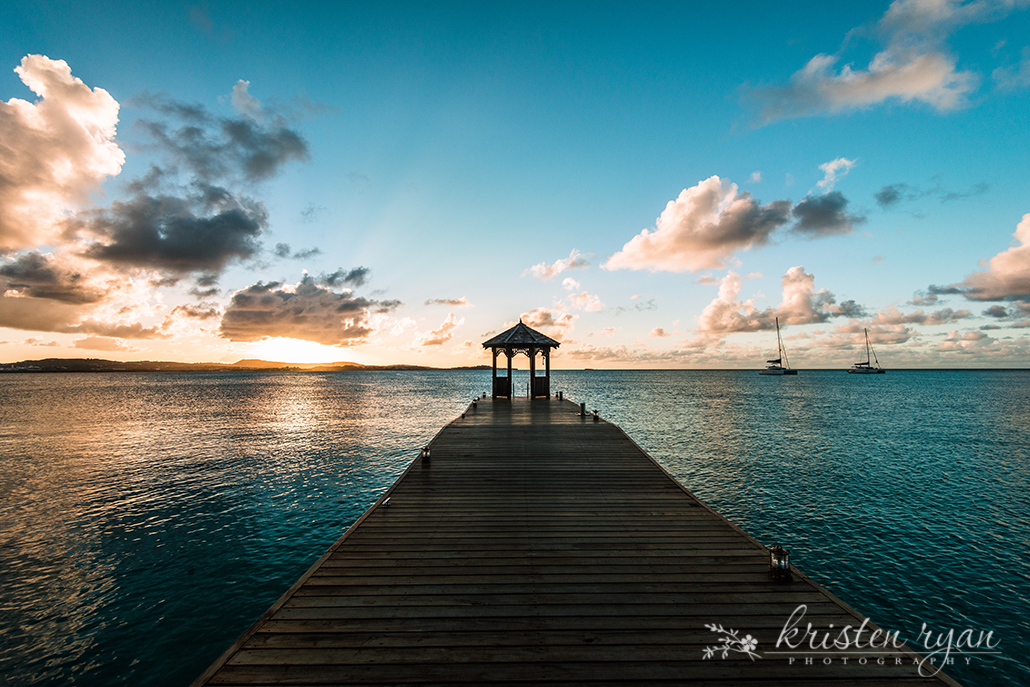
Read more: Beach Photography: 5 Tips for Better Beach Images
Stop down the aperture
If you want to capture an image with the entire frame in focus, it will be necessary to stop down the aperture. An f-stop of f/8.0 – f/11.0 is pretty typical for landscapes but sometimes an even higher aperture is needed when foreground objects are very close.
Choose your shutter speed
Are you capturing movement in your frame? Do you want to freeze that movement with a fast shutter speed or show motion through a slow shutter speed? Long exposures showing movement of water, clouds, or vehicle lights add creative impact to your image.
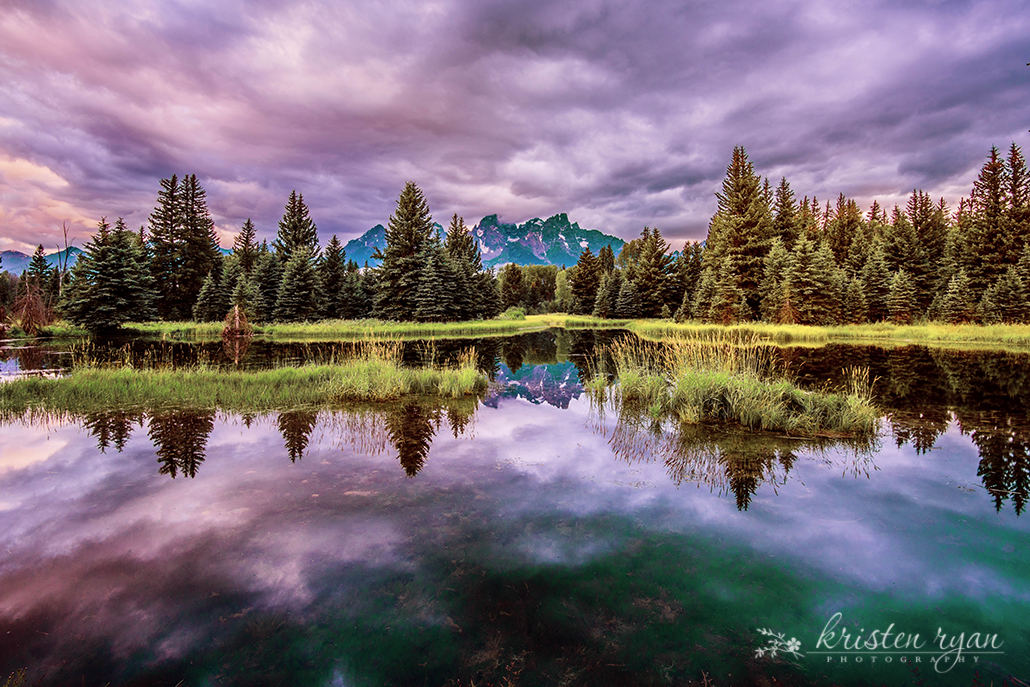
Essential tips for landscape photography
Use a tripod
A tripod is a useful and essential tool in landscape photography. A tripod is a necessity when shooting long exposures to keep the camera still.
Even using a faster shutter speed, a tripod can help to eliminate the smallest of camera shake.
Additionally, there are frequent instances when the dynamic range of tones in a scene requires shooting multiple exposures to capture details from the deep shadows to bright highlights. In order to merge these exposures easily in post processing, a tripod is essential to make sure the frames are aligned.
Watch your horizon
A simple way to strengthen your composition is to place the horizon along one of the horizontal lines of the Rule of Thirds. While there are always exceptions to any rule, we typically want to avoid placing our horizon line in the middle of our frame.
Another alternative is to place the horizon very low or high in the frame for a more extreme composition. Consider whether your sky or your foreground has more impact and place the horizon to emphasize the interest in the frame.
Read more: 7 Creative Ways to Use Outdoor Light
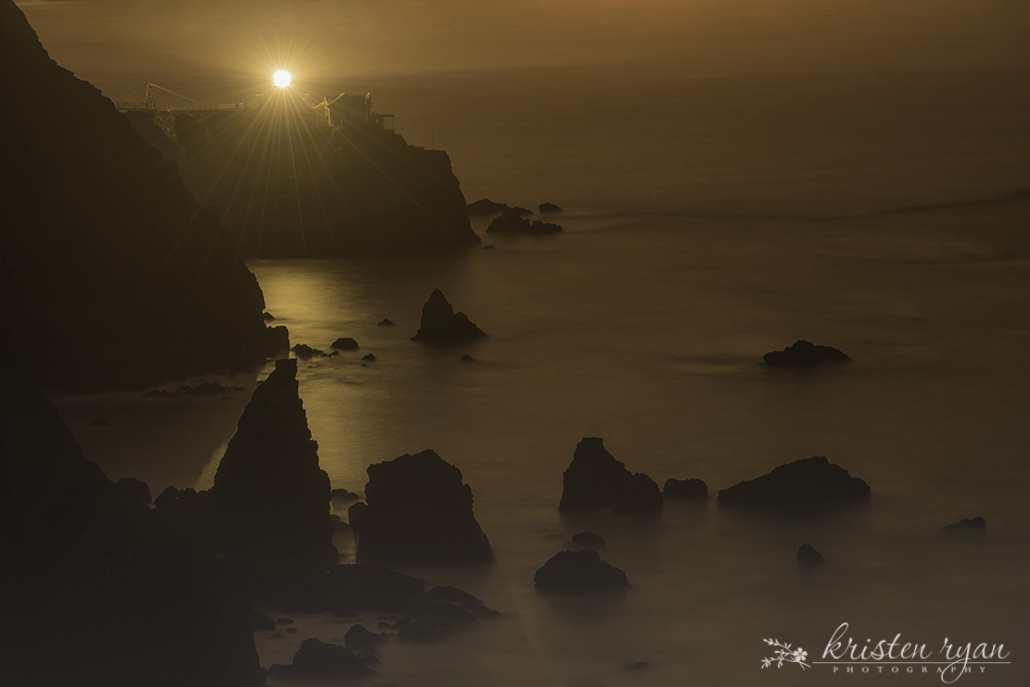
Light is Key
Effective use of light is important in creating dynamic landscapes. Consider how the light enhances the landscape you are shooting. What kind of mood are you trying to create and what type of light will help you achieve your vision?
There is a reason sunrise, sunset, the blue hour, and even after dark, are the most frequent times landscape photographers choose to shoot. The light is colorful, interesting and dynamic. This does not mean that daylight hours do not have potential.
Bright, hard light from the sun can emphasize interesting shadows and textures in ways that the softer light of the golden hour does not. Additionally, skies with unique atmosphere lead to dynamic daytime images.
Read more:
Elevate Landscape Photography with Light
Master Backlighting Photography in 8 Simple Steps

Take advantage of the atmosphere
An easy way to create more compelling landscapes is by observing and taking advantage of interesting atmosphere conditions. The gorgeous colors and light of sunrise and sunset certainly qualify here but are not the only examples.
A sky filled with puffy or wispy white clouds, or ominous storm clouds will create significantly more interest and emotion in a viewer than an overcast or clear blue sky.
You can even add people into your landscape photography and not take away from the atmosphere. Find out how here: 8 Ways to Incorporate People in Landscape Pictures
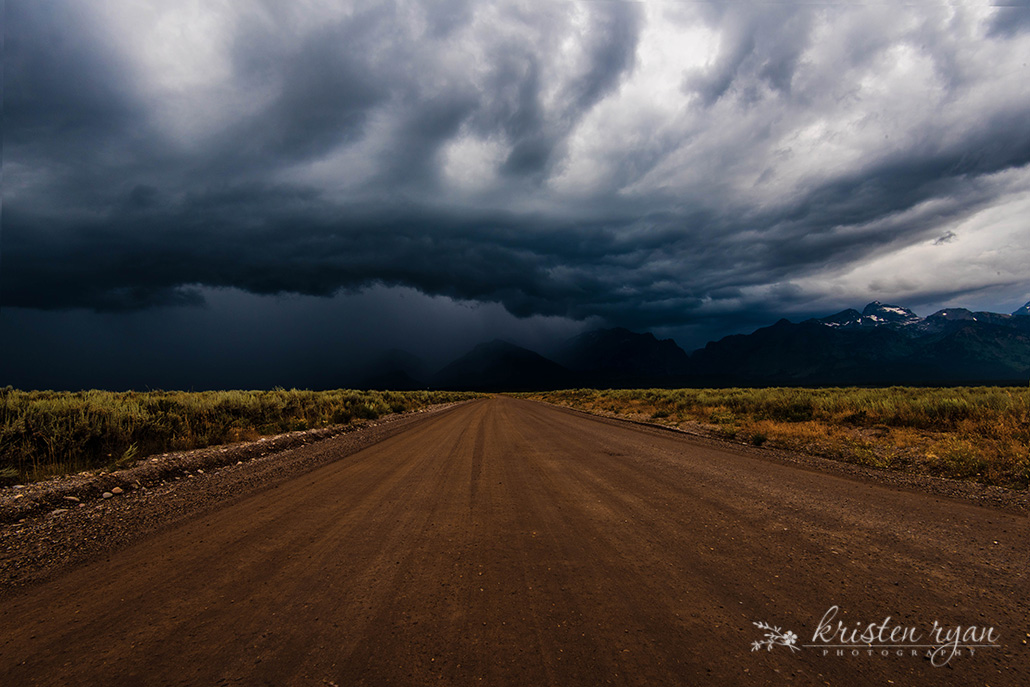
Composition and Depth
It can be easy to set up your tripod and stay put in one spot. Avoid this tendency and force yourself to move around. Look for different perspectives, experiment with focal length, and move your tripod up and down to see what best captures the landscape in front of you. Survey the scene and consider how you can frame your image to add depth.
Leading lines, framing opportunities, reflections and foreground interest all add depth to landscape images. The goal is to create dimension in the frame and draw the viewer in.
Read more: How to Use Leading Lines to Create Amazing Photos
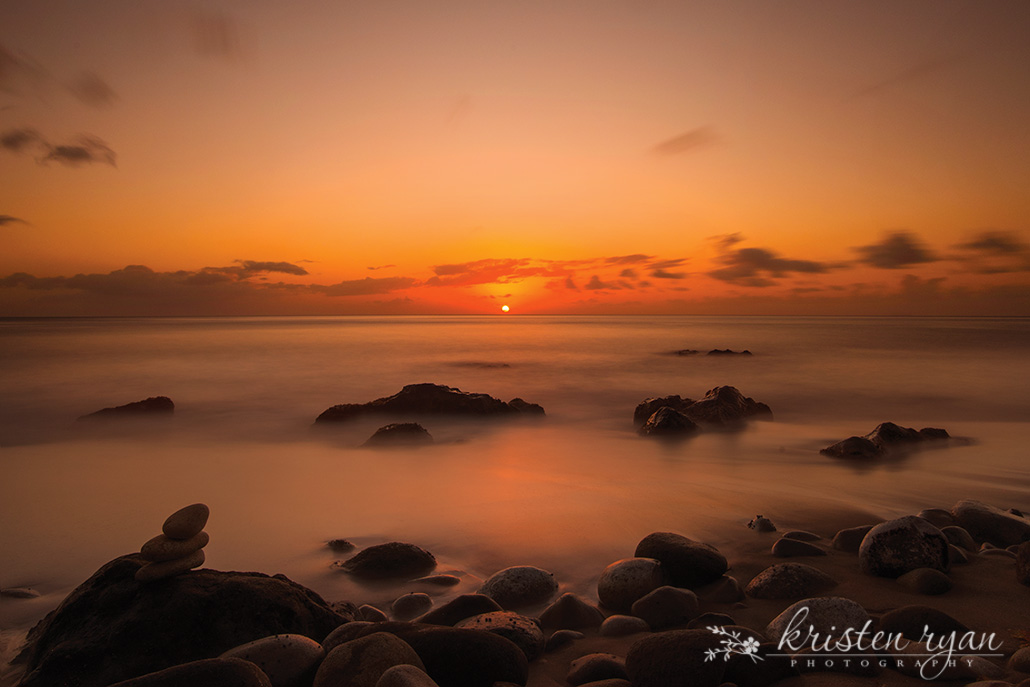
Invest in Filters
There are several filters that play an instrumental role in elevating landscapes images to the next level. Polarizers will cut through haze and glare and bring out the vibrancy of colors in an image. They are particularly helpful in enhancing a blue sky and defining detail in the clouds.
Polarizers work best at a 90 degree angle to the sun and should be used cautiously with super wide angle lenses. With these very wide focal lengths, the polarizing effect can be inconsistent across the frame and produce some odd effects.
Neutral density filters for landscape photography
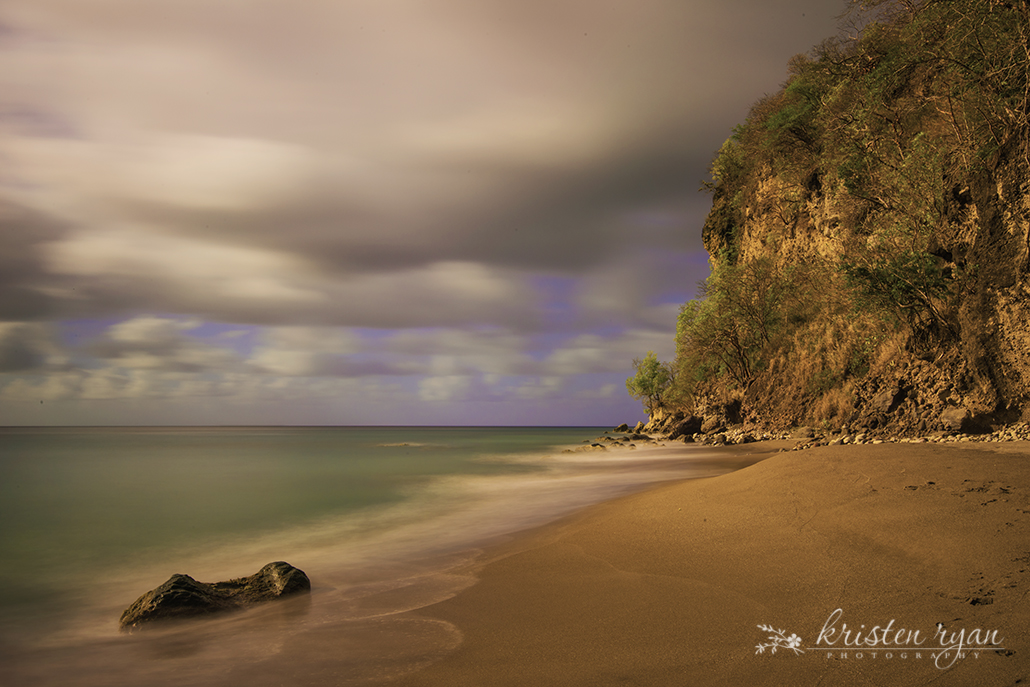
A Neutral Density filter is essential for creating long exposures when it is necessary to block out some light in order to slow down the shutter speed. A Graduated Neutral Density filter will block out light in half of the frame, neutralizing the exposure between the highlights and shadows.
They are especially helpful during sunrise and sunset when it can be difficult to maintain detail in the shadows without blowing out the highlights of the sky. Place the clear side on the dark area of the frame and the darker size over the brighter sky. This will allow you to expose the shadows brighter without blowing out the highlights.
Processing tools for landscape photography
When I am shooting, I photograph with my final vision in mind, knowing that post processing is essential to this goal. Understanding my post processing capabilities allows me to shoot a RAW file that serves as the perfect base to get me to my final image. Proficiency in your editing software will allow you to take this approach.

Be Patient and Flexible
As landscape photographers, we are at the mercy of the weather and nature. We have no control over the light or sky. We are simply observers ready to capture the wonder of mother nature, the beauty of the world, and that moment when all things come together to create an awe inspiring scene.
This requires flexibility and willingness to run out and shoot when conditions are optimal and patience to wait and watch as nature unfolds its wonder. At times our efforts may fall flat, sending us home frustrated. But then, in another moment, we are witness to an incredible scene, leaving us breathless to capture it just as we saw it. And it is those moments that keep us rising before the sun, reaching for the camera, racing out the door, and waiting patiently for that perfect moment, again and again.

Read more about landscape photography:
5 Beach Photography Tips
How to Find your Unique Photography Style
Ultimate Lens Comparison for Finding your Perfect Lens
Why a Wide Angle Lens Will Be Your New Favorite Lens







[…] 10 essential tips for landscape photos: We don’t spend too much time around here talking about landscape photography. But summer vacations are just around the corner. In that spirit, take a 5 minute peek at these tips. […]
Is there a certain lens you prefer for landscape?
Hi Abbie :) My wide angle lenses tend to be my go to lenses for landscapes. Many of my landscape images have been taken with my Nikon 16-35mm lens. That said, it really depends upon your location and the ‘subject’ of your image. Sometimes a longer focal length is needed if you want to get ‘closer’ to your subject but getting there on foot is not possible. I have used focal lengths from 14mm to 200mm for my landscapes. The majority probably fall in the 16-35mm range though. :)
Love these tips! I’d love to hear more about what to look for in a tripod. I need one but am overwhelmed by the many available and have no idea what really is necessary to have in a good tripod.
Hi Elisa! Glad you enjoyed the tips :) You are so right! There are so many tripod choices. I do think it really depends upon what you are shooting. For example, a tripod in your home for self portraits or macro can be fairly heavy since you’d likely be fairly stationary. A lightweight tripod is extremely helpful for landscape photography as we are often hiking or walking a lot, and/or traveling with it. You really can’t sacrifice sturdiness while going lightweight though, especially if you are shooting longer exposures. It must be able to withstand a windy night, for example. The heads are so different as well. If you have a camera store near you, it can be very helpful to play around with them to see what feels easiest for you to adjust and move around.
Hope that helps some :)
Great tips! Sometimes it can be so hard to get a great landscape shot.
Rubi | Instagram | The Den | http://www.the-den.blogspot.com
Thanks Rubi :)
I really enjoyed the tips and will be trying them out. Thank you for sharing.
Thanks Monica!! I hope it helps you :)
awesome tips! Love these!
Thank you Christy!
Thanks so much for this article! I really enjoy landscape photography and am looking forward to putting these tips into practice! Just curious: Do you often shoot these types of shots by yourself? How do you find the best locations to shoot? As a single woman, I’ve been hesitant to go too far from main roads and busier areas, but that means I don’t get the best landscape shots.
Hi Tanya! Thank you, I hope the tips are helpful :) I do shoot by myself a lot but it does depend upon the location. There are situations which I would not shoot alone or am hesitant to do so. sometimes I go with a friend, or drag my husband with me. I try to shoot when he and I are on vacation together too where he can enjoy the scenery while I shoot. Locally, I am always keeping my eye out for good locations to try at various times of day. When I am away, I am always looking around, framing scenes in my head, thinking about what the light would be like at certain times of day, considering my foreground interest. My husband laughs at me ;) Recently I went night shooting in Chicago and a friend and I went together. Even though I am married, he’d hate standing on Michigan Ave for two hours while I shoot long exposures. See if you can find a friend, and when you do go by yourself, be cautious, alert and prepared.
What great tips! Thank you for sharing. Your photos are stunning!!!
Wonderful tips. Love the landscape photos great colours and stunning locations.
These are really great photos! Sometimes, the best way to improve is to be inspired by othersSome other landscape photographers I also enjoy are: Max Rive, Mark Gray, and Antony Spencer. Here is a really cool link including those guys, and some more, for those who are eager to be inspired:http://www.adoramapix.com/blog/2016/11/22/top-10-landscape-photographers-to-follow-on-instagram/#.WFYrp6IrIRE